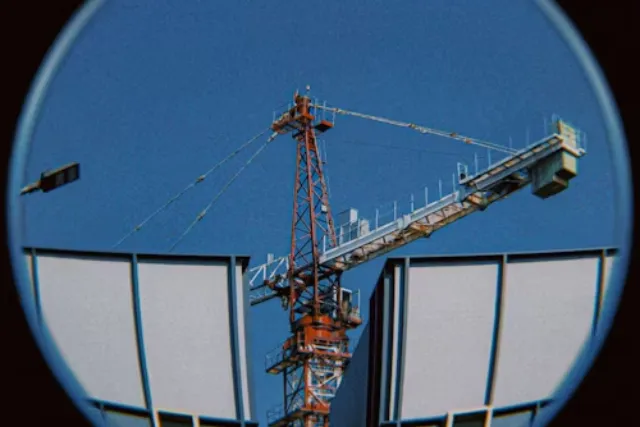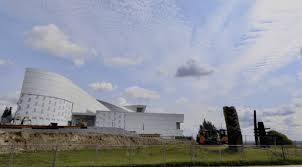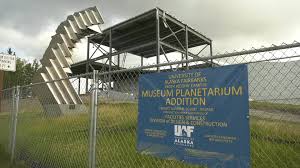
FAIRBANKS, Alaska (KTUU/KTVF) — Construction crews are hard at work at the University of Alaska Fairbanks (UAF), where the region’s first state-of-the-art planetarium is officially rising on campus — a milestone for science education in Alaska’s Interior.

The new 5,700-square-foot facility, planned to open in spring 2026, is designed to transport students and visitors on an immersive journey through space, Earth’s natural wonders, and even Alaska’s own cultural stories.
The $9.1 million project broke ground in May following initial site work last fall. Once complete, the planetarium will join a short list of advanced dome theaters in the state — but it will be the first of its kind in Interior Alaska.
“We have for a long time shared a common goal of having a planetarium as a way to reach public audiences about all the cool science that we do here and also use this as a classroom right here on campus to further our instructional needs,” said Patrick Druckenmiller, director of UAF’s Museum of the North, which will operate the facility in partnership with the Geophysical Institute.
When the doors open, the planetarium’s 65 seats will offer audiences panoramic views beneath an 11-meter dome. Two cutting-edge projectors and surround-sound audio will create a fully immersive theater experience — with reclining seats so visitors can lean back and take in the show.
“Very comfortable chairs in this planetarium, inclined so that you can look up comfortably and see this amazing sort of panoramic view of whatever is being discussed,” Druckenmiller said.
While the planetarium will naturally showcase space science and astronomy, Druckenmiller emphasized its versatility as an educational hub.

“Certainly space science [and] astronomy [are] very well suited for this type of use, but we also want to expand that to a lot of different areas as well, ranging from other types of geophysical phenomena. It could be sea ice. It could be volcanoes and earthquakes, could be dinosaurs,” he said.
The aurora borealis, Arctic ecosystems, and Indigenous knowledge could also be featured topics, providing local students and visitors an opportunity to connect science with Alaska’s unique environment and heritage.
The planetarium will be located on upper campus, just west of the Museum of the North. The University of Alaska Board of Regents approved the project in February 2024. Funding came from multiple sources, including a transformative $7.4 million anonymous gift — described by Druckenmiller as “the largest single private gift by a living donor to the university in its history.”
Additional support came from the MJ Murdock Charitable Trust and other partners who see the planetarium as a powerful new bridge between university research, public engagement, and hands-on STEM education.
The new dome theater is expected to draw K-12 schools, local families, tourists, and lifelong learners. University students will benefit too, with classes taught directly in the dome using visuals that bring lectures to life in a way no traditional classroom can match.
For a region known for its long, dark winters and stunning auroras, the planetarium promises a year-round window into the mysteries of the sky — and a chance to inspire future generations of scientists, educators, and explorers.
📍 Location: University of Alaska Fairbanks, west of the Museum of the North
🗓️ Opening: Spring 2026
Originally reported by Alex Bengel in Alaska's News Source.